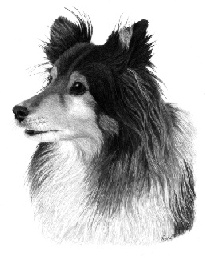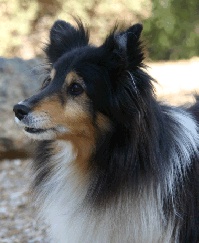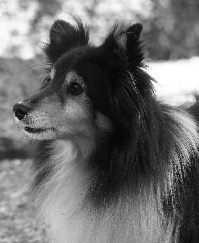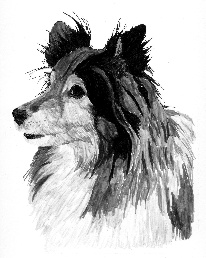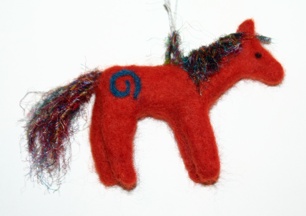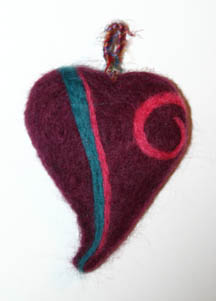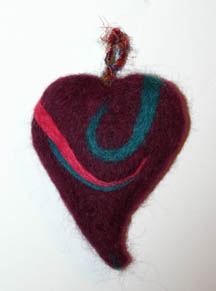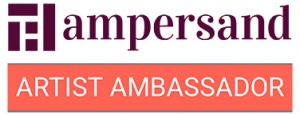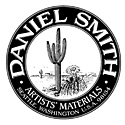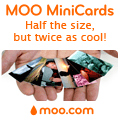My First ACEO
Sunday, December 31, 2006
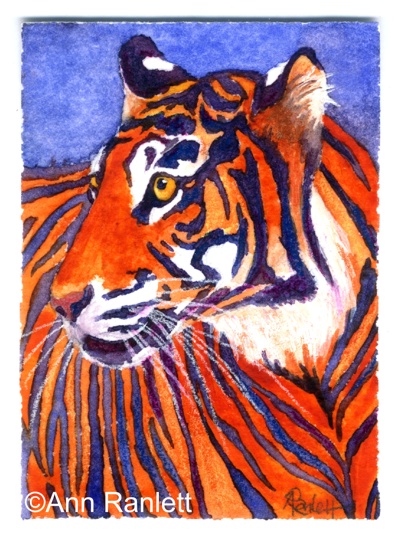
If you've ever spent time browsing eBay for art, you've probably come across the term "ACEO" - it stands for Art Cards, Editions & Originals. ACEO's are affordable mini artworks that are the exact size of a baseball trading card (2.5" x 3.5") and are a great way to collect art. ACEO's may be matted, framed, traded, given as a gift within a greeting card, etc.
I've wanted to try my hand at these mini works of art since I first joined some eBay artist groups earlier this year. Finally found a little time and a reason to do one today! One of the eBay groups of which I'm a member is the Professional Animal Artists Online (PAAO) and they have a "theme week" on the last Friday of each month (items can be listed on Friday, Saturday or Sunday to be included in the theme week). This month's theme is the letter "T". The idea is that if we band together and list items with the same theme, our work might get noticed amongst the bajillion other items on eBay! Since the theme was "T", I painted this tiger. I titled the piece "Tyger, Tyger" after the poem "The Tyger" by William Blake. Google "the Tyger" and you'll find the poem. Click here to see my listings for the PAAO theme week.
I certainly plan to create more ACEO's - it'll be fun to have a whole collection of 'em, and I hope they'll find their way into someone else's collection!
It's been a busy month - I'll post a couple of the portraits I recently finished and some info about upcoming events in a few days.
I hope you had a wonderful Christmas/Holiday season and best wishes for a happy, prosperous and peaceful 2007!!


